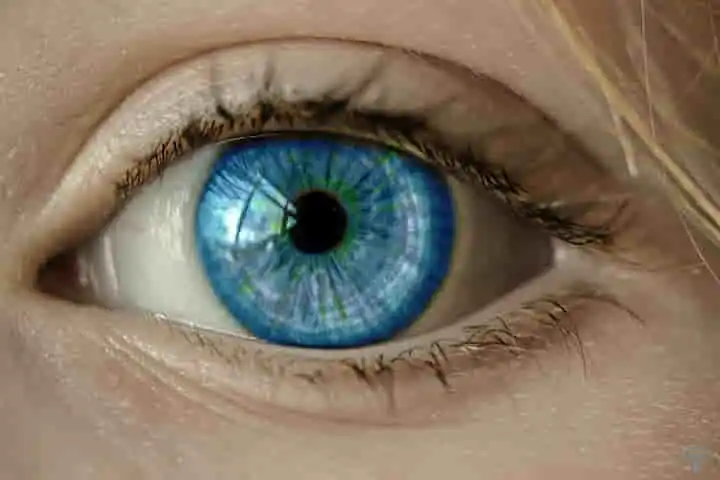The count or number or size or quantity of any object living or inanimate is necessary in our daily life as it helps us comprehend and make decisions. Now a recent study has come with a startling find that it is in the pupil of one’s eye the process to sense quantity is located.
Published in Nature Communications, the study according to an article in sciencedaily.com was done by the School of Psychology of the University of Sydney in partnership with the Universities of Pisa and Florence (Italy).
Sharing details of this study and its find, its co-author Professor David Burr from the Universities of Sydney and Florence said: “When we look around, we spontaneously perceive the form, size, movement and colour of a scene. Equally spontaneously, we perceive the number of items before us. This ability, shared with most other animals, is an evolutionary fundamental: it reveals immediately important quantities, such as how many apples there are on the tree, or how many enemies are attacking.”
Burr who is from the School of Psychology added that in one’s daily life details and data about numbers is vital and scientists think that most living beings have a specialised “number sense”.
As voluntary assessment of quantity is essential and important, researchers wondered if it could be part of the primitive, automatic physiological response.
The instinctive reaction of the pupil to light is possibly a complete physiological response. When exposed to light the pupils shrink and in darkness they dilate. The study’s senior author Professor Paola Binda from the University of Pisa remarked: “Recent research from our laboratory shows that pupil size is also regulated by cognitive and perceptual factors.”
Taking advantage of this discovery the present study conducted a research. Adults of a group were shown images by the scientists consisting of a variable number of dots, 18 or 24. These dots were either isolated or were connected by lines.
Also read: Siberian dogs reveal secret of ancient trade links between snowy Arctic and the Caspian Sea
The dots when joined into dumbbell shapes made them seem lesser in number even though their count was the same. This is a well-known illusion. The people watched the patterns passively without bothering to decipher the count of the objects in them or any other characteristic.
When the results came it revealed that while the pixel (black or white) number for all the patterns was the same, the participants’ diameter changed as per the number of dots they perceived. They were greatest when the participants perceived the number as high, and least when their perception was low.
Speaking on this aspect, Dr Elisa Castaldi from Florence University said: "This result shows that numerical information is intrinsically related to perception. This could have important, practical implications. For example, this ability is compromised in dyscalculia which is a dysfunction in mathematical learning, so our experiment may be useful in early identification of this condition in very young children. It is very simple: subjects simply look at a screen without making any active response, and their pupillary response is measured remotely."




















